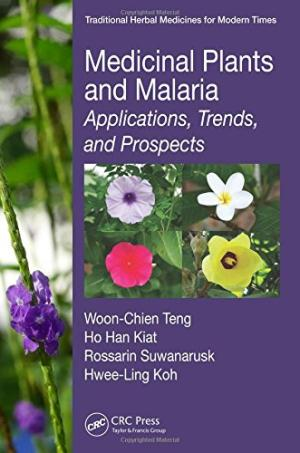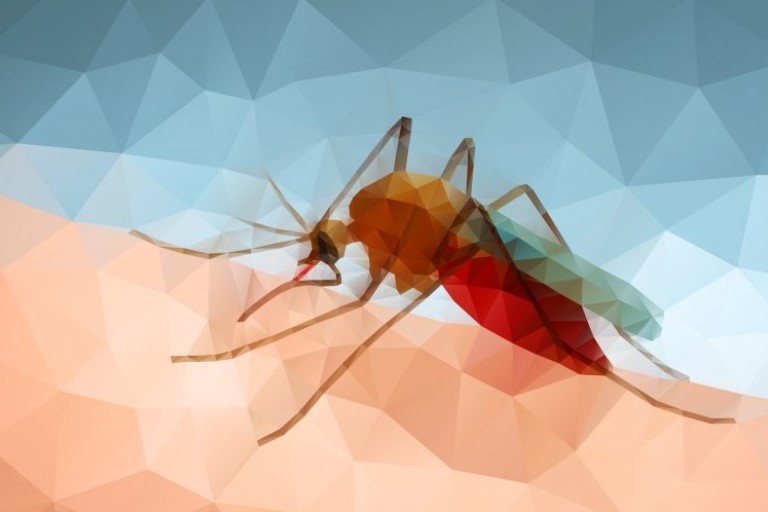World #Malaria Day is commemorated every 25 April and recognises global efforts to control malaria. Malaria is caused by the Plasmodium parasite that is transmitted by female Anopheles mosquitoes and often leads to a flu-like illness with fever. If left untreated, it may develop severe life-threatening complications.
In 2017, there were 219 million malaria cases and 435,000 malaria deaths worldwide. About 90 per cent of malaria cases are in the World Health Organization (WHO) African region, followed by WHO Southeast Asian region with five per cent of the cases, and WHO Eastern Mediterranean region with two per cent.
Dr Cecilia Teng has worked on one of the key areas in the fight against malaria — seeking to identify new compounds that can be used in drug development to treat malaria.
Tell us about your work on finding new treatments for malaria.
There has been a sharp reduction in malaria cases in Southeast Asia owing largely to the highly efficacious antimalarial medication, artemisinin-based combination therapy (ACT), which has been (and still is) a cornerstone in the global control of malaria.
My research work came about after it was found that artemisinin resistance has been reported in parts of Southeast Asia, such as in Cambodia, Laos, Myanmar, Thailand and Vietnam.
Artemisinin resistance can occur from genetic mutations in the parasite, and it arises largely due to treatment-related issues. In parts of Southeast Asia where drug resistance has been reported, counterfeit or substandard drugs are also prevalent, possibly due to weak healthcare infrastructures and poor regulatory enforcements. Such products may not contain enough active ingredients, or any active ingredients at all, or they may contain ingredients that should not be present in the first place.
These drugs with sub-therapeutic amounts of active ingredients do not kill the parasites completely, resulting in survival of the fittest strains and proliferation of these drug-resistant parasites. Other implications include increased morbidity, and undermining of public trust in healthcare systems.

Unfortunately, resistance to other antimalarial drugs has also been reported for most strains of Plasmodium, threatening the current progress in malaria control. There is thus an urgent need to focus on finding new effective treatments for the disease, and this is where my research fits in.
My background is in pharmacy, and my PhD focused on exploring the potential to develop new antimalarial drug therapies using promising compounds isolated from medicinal plants that are traditionally used for malaria.
Medicinal plants have long played a clear role in the treatment of malaria. In fact, the current first-line treatment using ACT is based on artemisinin, a compound extracted from the plant Artemisia annua that is also used in Traditional Chinese Medicine for malaria treatment. Quinine, isolated from the bark of Cinchona sp., is also a first-line treatment for malaria in the first trimester of pregnancy.
Through my research, I isolated and identified potential compounds from selected medicinal plants. One of these compounds has now been patented.
Part of my study included a large-scale review of the available ethnobotanical research and identification of plant species that could be prioritised for further research to develop new treatments in the fight against drug-resistant malaria. This work contributed to the publication of the book titled ‘Medicinal Plants and Malaria: Applications, Trends, and Prospects’.
Ethnobotany is the study of plants and their practical uses by learning from the traditions and knowledge of a local culture and people. Did you know that the leaves of Coffea arabica (yes, Arabica coffee!) are used as an antimalarial remedy by some communities in Africa?
What are you currently working on?
I’m now focused on teaching and coordinating undergraduate modules under the Minor in Public Health programme. We have over 600 undergraduates a year who take public health modules. One of the modules I’m involved in is called Public Health in Action, which happens to be one of the most popular modules offered in NUS. One common feedback from students every semester is that they appreciate the multidisciplinary approach of public health. Public health goes far beyond what health services can deliver, and engineering, business, economics, sociology, education, urban/rural planning (and the list goes on…) all have an important part to play in improving the health of populations.
Tell us something surprising about you that people may not know.
I believe strongly in giving back to the world at large using simply that which is in your hands.
I volunteer as a pharmacist through yearly missions to Indonesia, Cambodia and the Philippines. In these missions, we partner with local organisations to ensure we complement the local healthcare efforts and add value. One of the most heart-breaking experiences on these trips was to Tacloban, Philippines, after Typhoon Haiyan had struck in 2013. The typhoon was one of the most powerful ever recorded, and when we were there a year later, many people whom we talked to had not recovered from the grief of lost family members and lost homes.
My volunteering work has given me a great appreciation of how social determinants such as access to both healthcare and education impact the health of communities, and how a more sustainable solution to tackling health-related issues is, oftentimes, to address these determinants. In addition, these experiences have, in part, shaped me into the person I am today, and also largely influenced me to go into education as a career.



